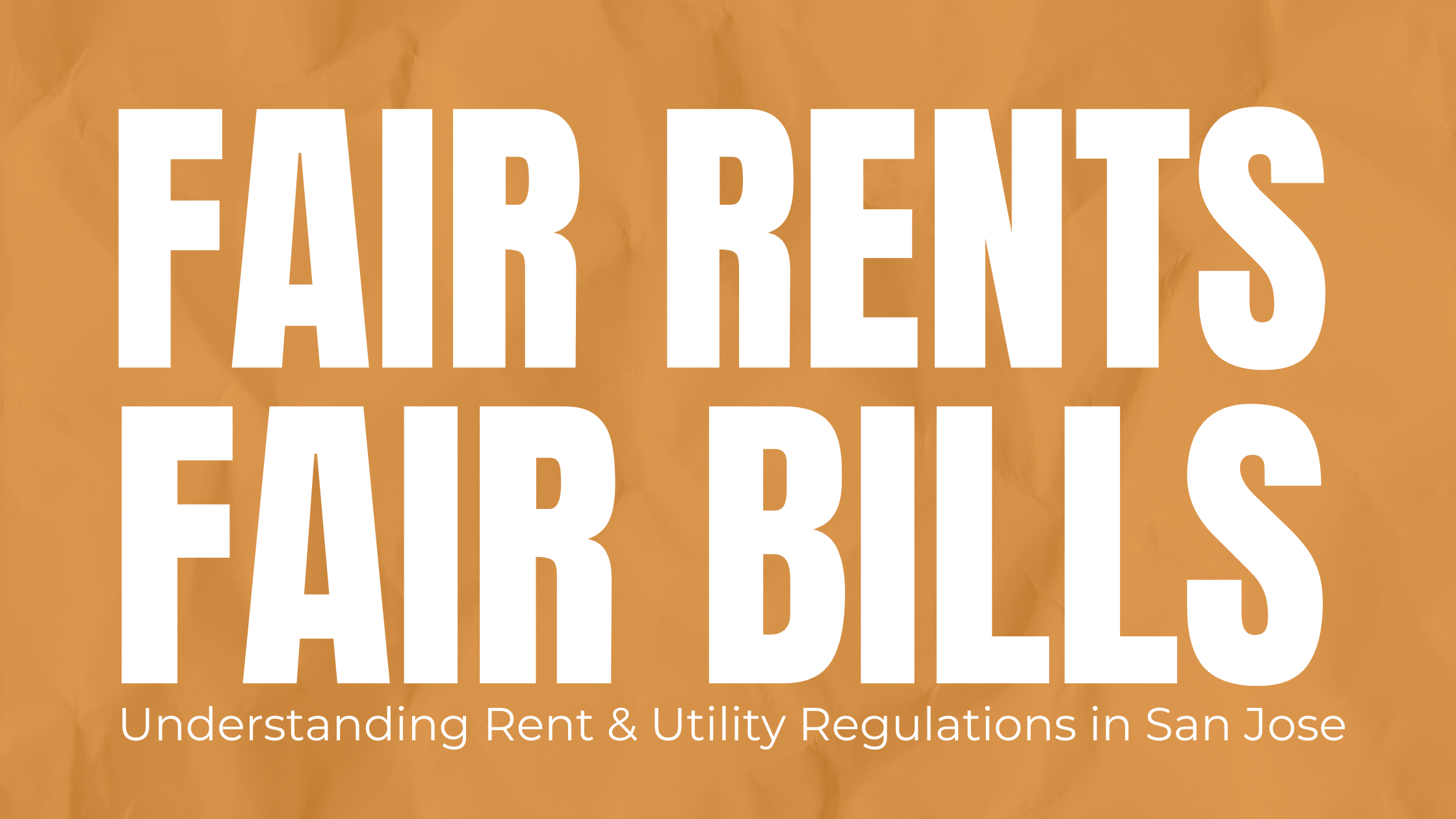SV@Home strongly supports both San Jose’s Urban Village strategy and Opportunity Housing, and rejects the idea that a single approach can effectively meet the City’s broad and deep need for housing. “We have a diverse range of housing needs and will require a diversity of tools to respond to the different aspects of the housing crisis,” said SV@Home Policy Manager Mathew Reed in a statement. “All ideas should be on the table, including Opportunity Housing. As recommended by the General Plan Task Force, we can both study Opportunity Housing and move forward with the urban villages.”
BY: Lloyd Alaban┃San Jose Spotlight
PUBLISHED: August 4, 2021
Supporters of a controversial plan to build denser housing throughout San Jose say it will help the city meet its affordable housing goals. But one councilmember says there’s a better solution: holding the city accountable for a housing plan it already has to implement.
Councilmember Matt Mahan, who represents South San Jose, spoke at a news conference outside Oakridge Mall on Wednesday to unveil his Smart Growth San Jose Plan. The plan involves developing denser housing units around the city’s 68 urban villages—designated areas built around public transportation that are already part of the city’s development goals.
Mahan’s plan opposes Opportunity Housing, an idea put forth last year that would allow building duplexes, triplexes or fourplexes on land designated for single-family homes. About 94% of the city’s residential land is limited to single-family structures. Supporters say it will boost the city’s housing supply and alleviate astronomical rents, while opponents say it will indiscriminately build housing across the city.
“We passed a general plan 10 years ago that we haven’t implemented because the bureaucracy isn’t being responsive and willing to change the processes and requirements to make it happen,” Mahan told San José Spotlight. “We’re now throwing our hands up in the air and grasping at straws and saying, ‘let’s just put fourplexes across the city and see what happens.’”
Instead, Mahan’s smart growth plan calls for more strategic development built around places that already have the infrastructure to support dense neighborhoods. Building dense in lower-income neighborhoods like East San Jose, supporters of Mahan’s plan say, will only encourage developers to buy up cheap single-family homes and convert them into fourplexes, displacing residents.
“I recently discussed buying a double-wide manufactured home a few miles north. While the price of housing was great, unfortunately, the price of the land was double the value of the home. There was no way I could afford it,” said Sammuel Washington, president of the Silicon Valley Black Chamber of Commerce. “But the worst part of that was the senior citizens who lived on that property. They could no longer afford to live there.”
A poll released last month by affordable housing advocacy group Silicon Valley at Home found 56% of residents support changing zoning laws to allow for duplexes, triplexes and fourplexes in single-family neighborhoods. The survey, conducted by EMC Research, asked 412 registered voters a series of questions about affordable housing and housing density.
SV at Home officials call Mahan’s proposal a “misrepresentation” of what they believe Opportunity Housing can actually bring—diverse options for housing in all parts of the city.
“We have a diverse range of housing needs and will require a diversity of tools to respond to the different aspects of the housing crisis,” said Policy Manager Mathew Reed in a statement. “All ideas should be on the table, including Opportunity Housing. As recommended by the General Plan Task Force, we can both study Opportunity Housing and move forward with the urban villages.”
In October, the San Jose City Council will consider exploring Opportunity Housing in earnest, including holding community outreach sessions and measures to prevent the displacement of residents.

